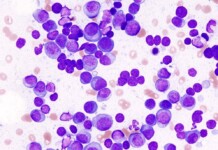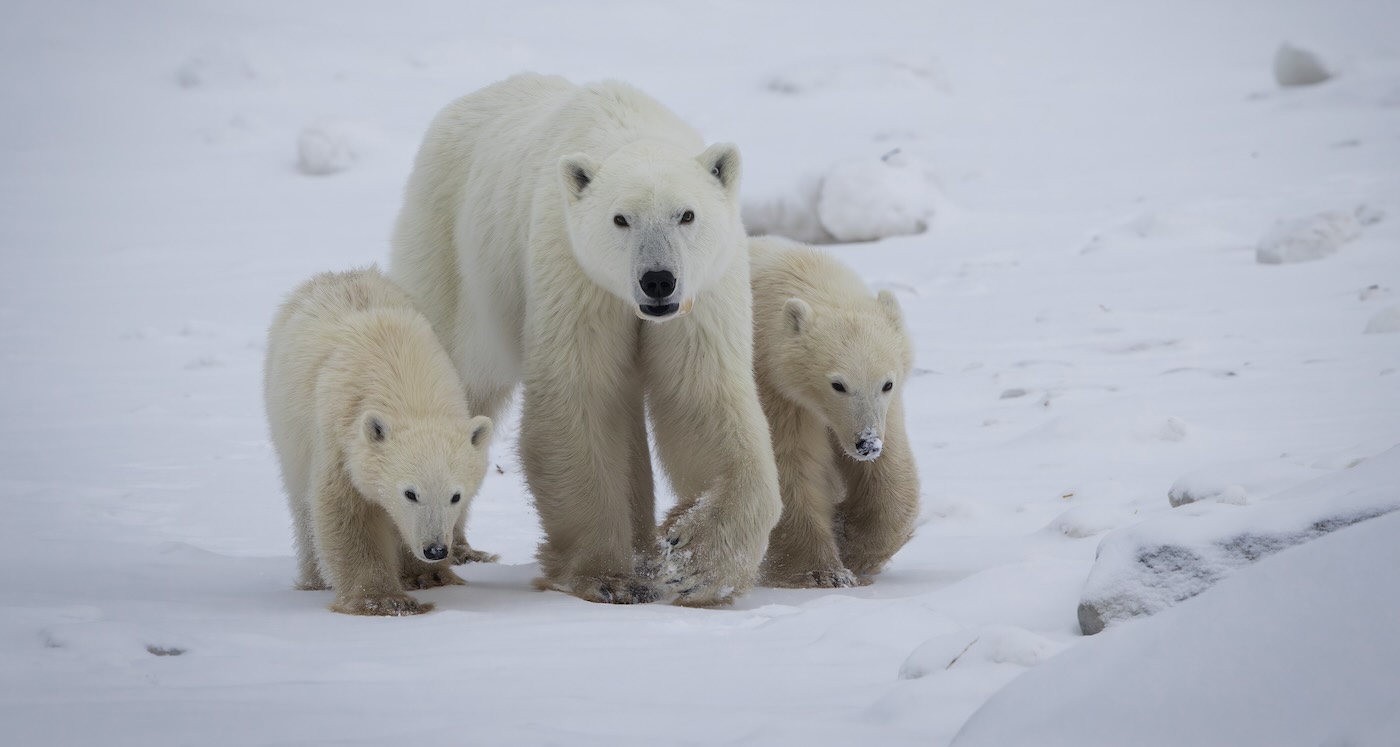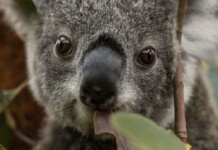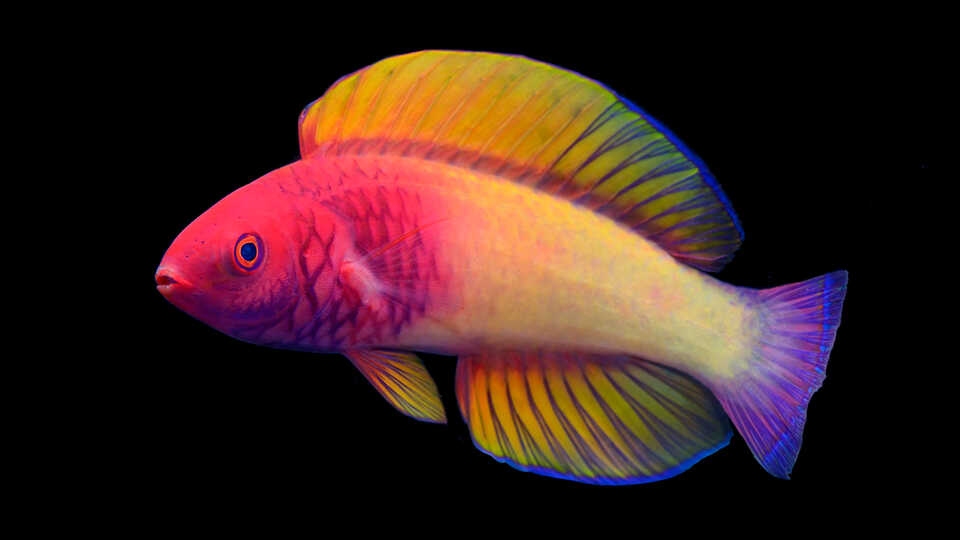
Though there are hundreds of species of fish found off the coast of the Maldives, a mesmerizing new addition is the first-ever to be formally described by a Maldivian researcher—and it’s named after the country’s national flower.
The new-to-science Rose-Veiled Fairy Wrasse (Cirrhilabrus finifenmaa) is one of the first species to have its name derived from the local Dhivehi language, ‘finifenmaa’ (meaning ‘rose’), a nod to both its pink hues and the island nation flower.
Scientists from the California Academy of Sciences, the University of Sydney, the Maldives Marine Research Institute (MMRI), and the Field Museum collaborated on the discovery as part of the Academy’s Hope for Reefs initiative aimed at better understanding and protecting coral reefs around the world.
“It has always been foreign scientists who have described species found in the Maldives without much involvement from local scientists, even those that are endemic to the Maldives,” says study co-author and Maldives Marine Research Institute biologist Ahmed Najeeb in the paper published in ZooKeys. “This time it is different and getting to be part of something for the first time has been really exciting, especially having the opportunity to work alongside top ichthyologists on such an elegant and beautiful species.”
First collected by researchers in the 1990s, C. finifenmaa was originally thought to be the adult version of a different species, Cirrhilabrus rubrisquamis, which had been described based on a single juvenile specimen from the Chagos Archipelago, an island chain 1,000 kilometers (621 miles) south of the Maldives.
In this new study, however, the researchers took a more detailed look at both adults and juveniles of the multicolored marvel, measuring and counting various features, such as the color of adult males, the height of each spine supporting the fin on the fish’s back and the number of scales found on various body regions. These data, along with genetic analyses, were then compared to the C. rubrisquamis specimen to confirm that C. finifenmaa is indeed a unique species.
RELATED: Tiny New Species of Chocolate Frog is Discovered After Scientists Follow its Unique ‘Beep’ Sound
Importantly, this revelation greatly reduces the known range of each wrasse, a crucial consideration when setting conservation priorities.
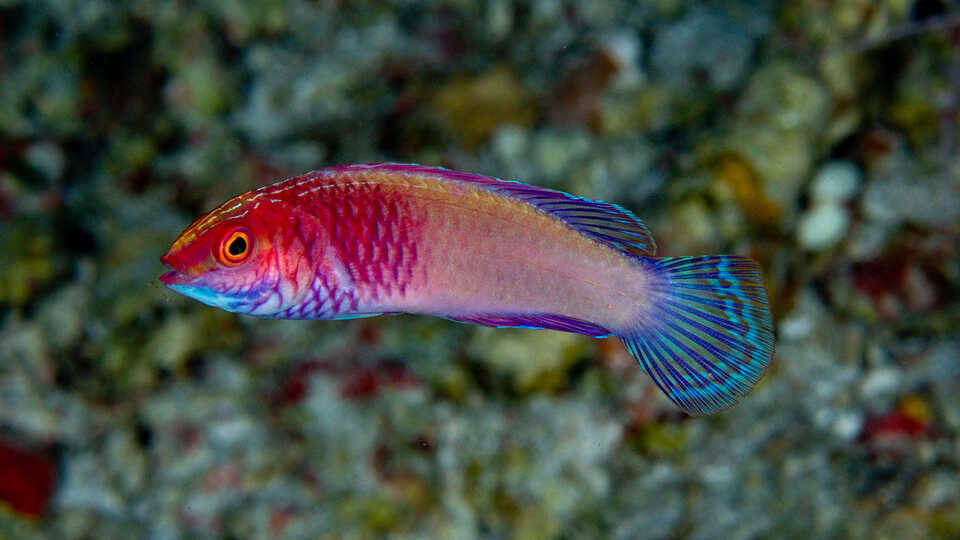
“What we previously thought was one widespread species of fish, is actually two different species, each with a potentially much more restricted distribution,” says lead author and University of Sydney doctoral student Yi-Kai Tea. “This exemplifies why describing new species, and taxonomy in general, is important for conservation and biodiversity management.”
LOOK: Iceland To Hang Up Her Harpoons For Good, Issuing No More Whaling Permits
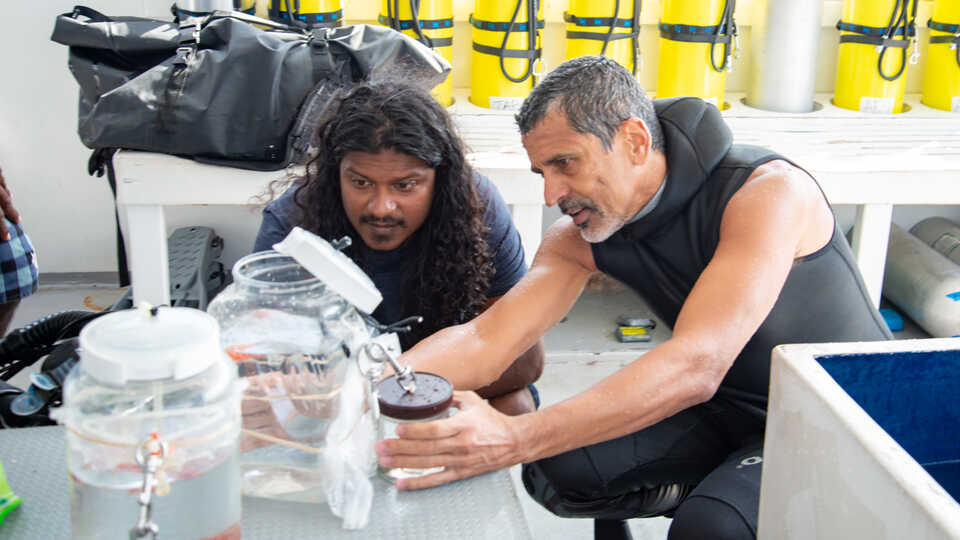
“The species is quite abundant… It speaks to how much biodiversity there is still left to be described from coral reef ecosystems,” says senior author and Academy Curator of Ichthyology Luiz Rocha, PhD, who co-directs the Hope for Reefs initiative.
Last month, Hope for Reefs researchers continued their collaboration with the MMRI by conducting the first surveys of the Maldives’ ‘twilight zone’ reefs—the virtually unexplored coral ecosystems found between 50-150 meters (160-500-feet) beneath the ocean’s surface—where they found new records of C. finifenmaa along with at least eight potentially new-to-science species yet to be described.
For the researchers, this kind of international partnership is pivotal to best understand and ensure a regenerative future for the Maldives’ coral reefs.
“Nobody knows these waters better than the Maldivian people,” Rocha told the California Academy of Sciences. “Our research is stronger when it’s done in collaboration with local researchers and divers. I’m excited to continue our relationship with MMRI and the Ministry of Fisheries to learn about and protect the island nation’s reefs together.”
“Collaborating with organizations such as the Academy helps us build our local capacity to expand knowledge in this field. This is just the start and we are already working together on future projects,” Najeeb says. “Our partnership will help us better understand the unexplored depths of our marine ecosystems and their inhabitants. The more we understand and the more compelling scientific evidence we can gather, the better we can protect them.”
SHARE This Amazing Discovery With Friends…


